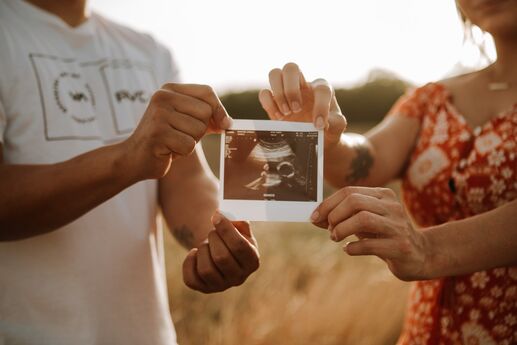Kegel Lessons for Expectant Moms
As a soon-to-be new mom, you know there are many beautiful parts of pregnancy -- and others that you could probably live without. High on that unwanted list is often urinary incontinence, or pelvic floor problems.
Urinary incontinence occurs when a person is no longer able to hold urine in the urethra, causing leaks from time to time. This problem is common among pregnant women and new moms, since unborn babies push down on the bladder, urethra, and pelvic floor muscles, weakening support and causing leaks. Labor then further complicates the issue by additionally weakening pelvic floor support, and potentially even damaging the nerves that control the bladder.
Luckily, Kegel exercises have been proven to help strengthen pelvic floor muscles. (Keep in mind that most bladder or urinary tract issues caused by pregnancy and delivery go away within six months of giving birth. If yours don’t, see your doctor for additional treatment or help.) If you’re ready to start strengthening, follow these tips:
1. Identify your pelvic muscles. In order to get the most out of the exercises, begin by identifying the correct muscles. To do this, try stopping your urination midstream. The muscles that you use to stop the flow are the same ones you’ll want to work in your Kegel exercises.
2. Get comfortable. Before starting the exercise, be sure your bladder is empty, and find a comfortable place where you can lie on your back. Then, tighten your pelvic floor muscles, holding the contraction for five seconds. Repeat this tightening and releasing in five-second increments four or five times in a row. For best results, try working up to exercises where you are able to hold the muscles for 10 seconds at a time, and then relax for 10 seconds at a time.
3. Practice makes perfect. One Kegel exercise session won’t be enough to help. For optimal results, try to perform 10 repetitions at least three times a day.
Don’t worry if it takes a while to get used to the exercises -- that’s perfectly normal. Just don’t give up. If you continue with the exercises on a routine basis, you may see results within just a few months of starting. And one less thing to worry about as a new mom is always welcome when you have a newborn!







